Mugwort is an edible plant that has many herbal uses. Foraging for mugwort is easy and fun, as it grows almost everywhere! Learn how to identify and forage for mugwort, as well as how to incorporate it into your herbalism practice.
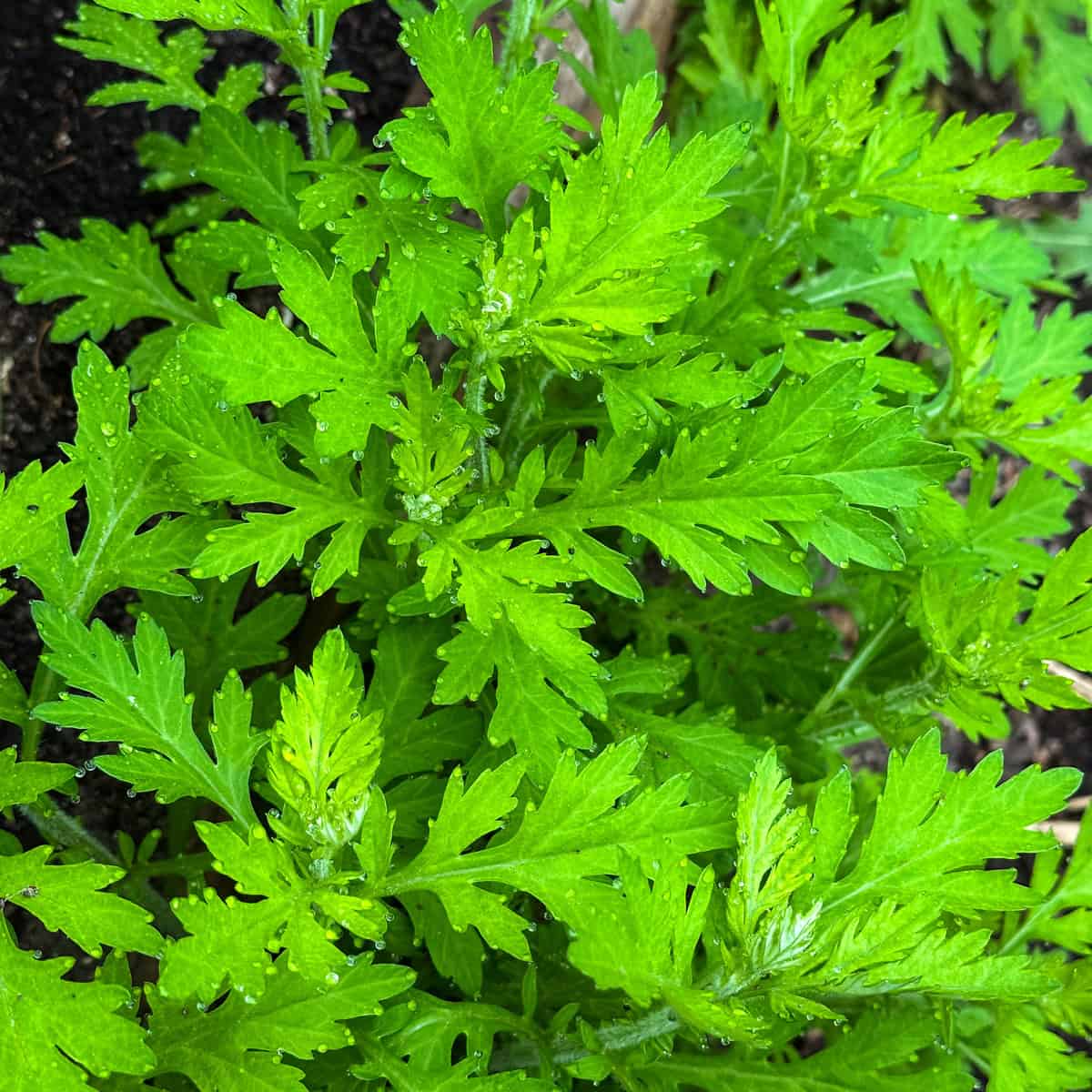
Want to save this post for later?
Wildcrafting Weeds
If you want to learn more about the edible and medicinal weeds that surround us and how to use them, check out my eBook: Wildcrafting Weeds: 20 Easy to Forage Edible and Medicinal Plants (that might be growing in your backyard)!
Foraging for Mugwort
Mugwort is one of the first plants that I foraged for as an adult, and it sort of happened by mistake.
It grew in huge patches along the river in Yosemite National Park, where I spent many summers. Joel and I loved how it smelled and thought that it was a variety of sage (turns out we weren’t that far off track).
We would collect it in large bunches and let it hang in our living quarters to freshen the air with its amazing scent.
One day, a friend pointed out to me that it was called mugwort and was related to wormwood, the main ingredient in the infamous drink absinthe.
With a name and family history like that, I had to do more research, and thus an herbal forager was born. Mugwort has stayed close to my heart ever since, and I’m always excited when I find it!
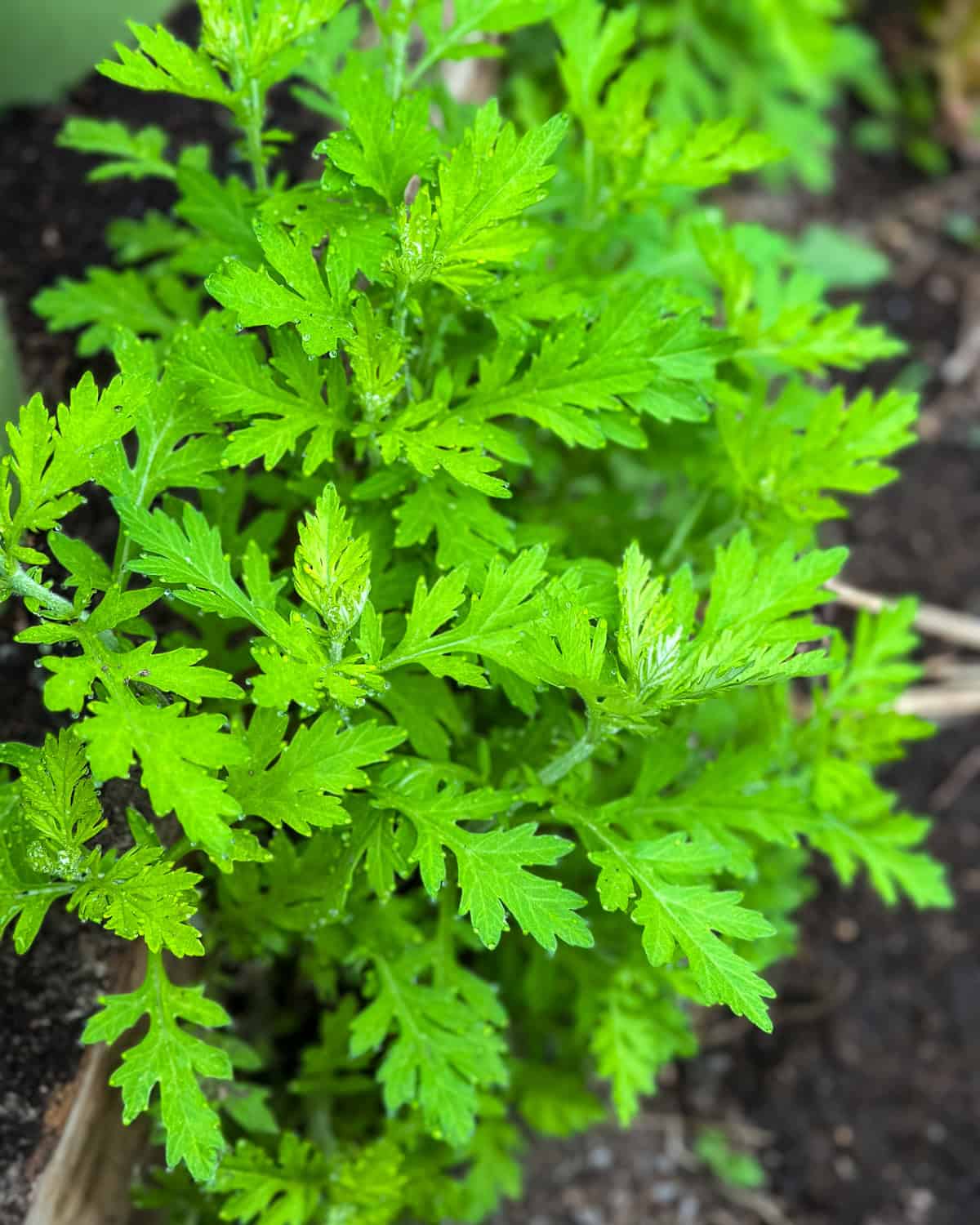
Mugwort Varieties
Luckily for us, foraging for mugwort is generally pretty easy in most areas, as it’s fairly widespread.
There are two varieties that are common in the US.
Artemisia vulgaris which is native to Europe, Asia, North Africa, and Alaska, but is naturalized in the rest of North America. This is the most common type.
Artemisia douglasiana is native to the western United States.
Both varieties of mugwort are similar in looks and uses, with only a few minor differences.
Identifying Mugwort
Mugwort typically grows along stream or river banks in large patches. I have seen it growing in drier areas away from water sources, but I wouldn’t say that it’s common.
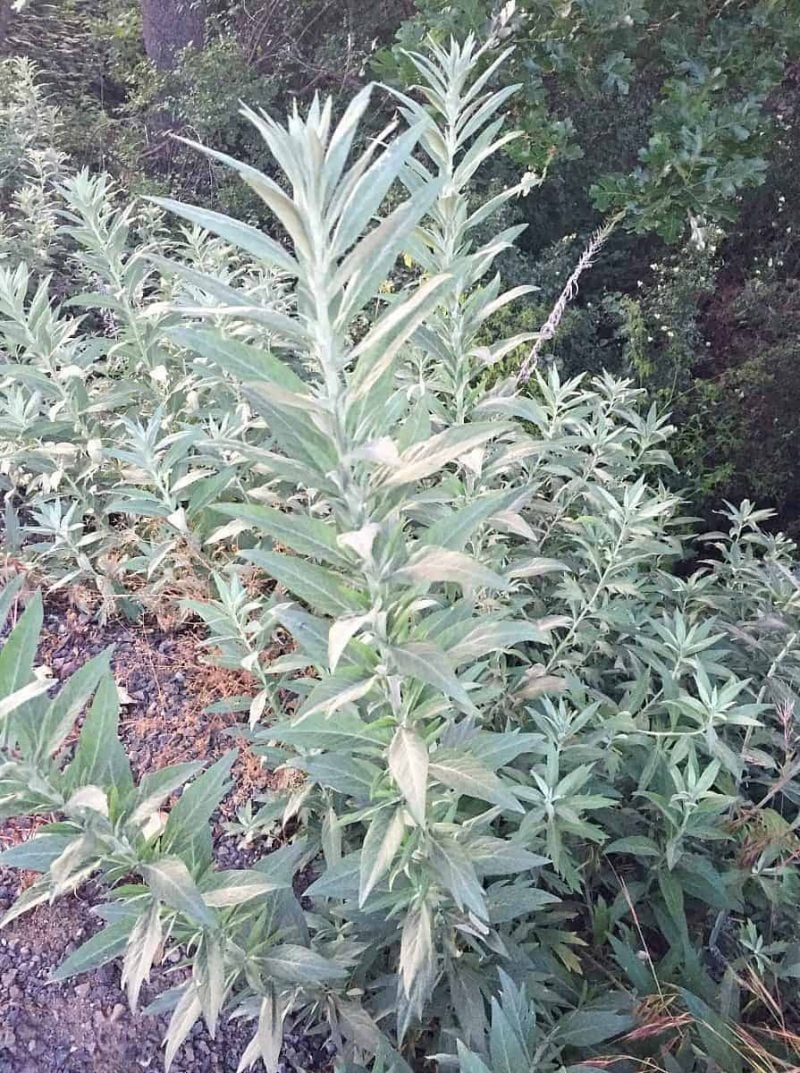
You can often smell the sage-mint-like scent before you realize what it is. Grab a bit of leaf, roll it around in your fingers, and give it a sniff. To me, it is one of the best aromatics there is.
While I’m very good at identifying mugwort by sight, if I’m ever unsure, I give it a sniff, as it’s one that I will never forget. Both varieties of mugwort have the same distinct smell.
Mugwort is a member of the sage family and is a cousin to sagebrush, which shares a similar scent.
Interestingly enough, culinary sage is actually in the mint family, which is different than the sage family (read more here: Garden Sage and Sagebrush are Different).
Artemisia vulgaris has pinnate leaves, giving it a more feathery appearance.
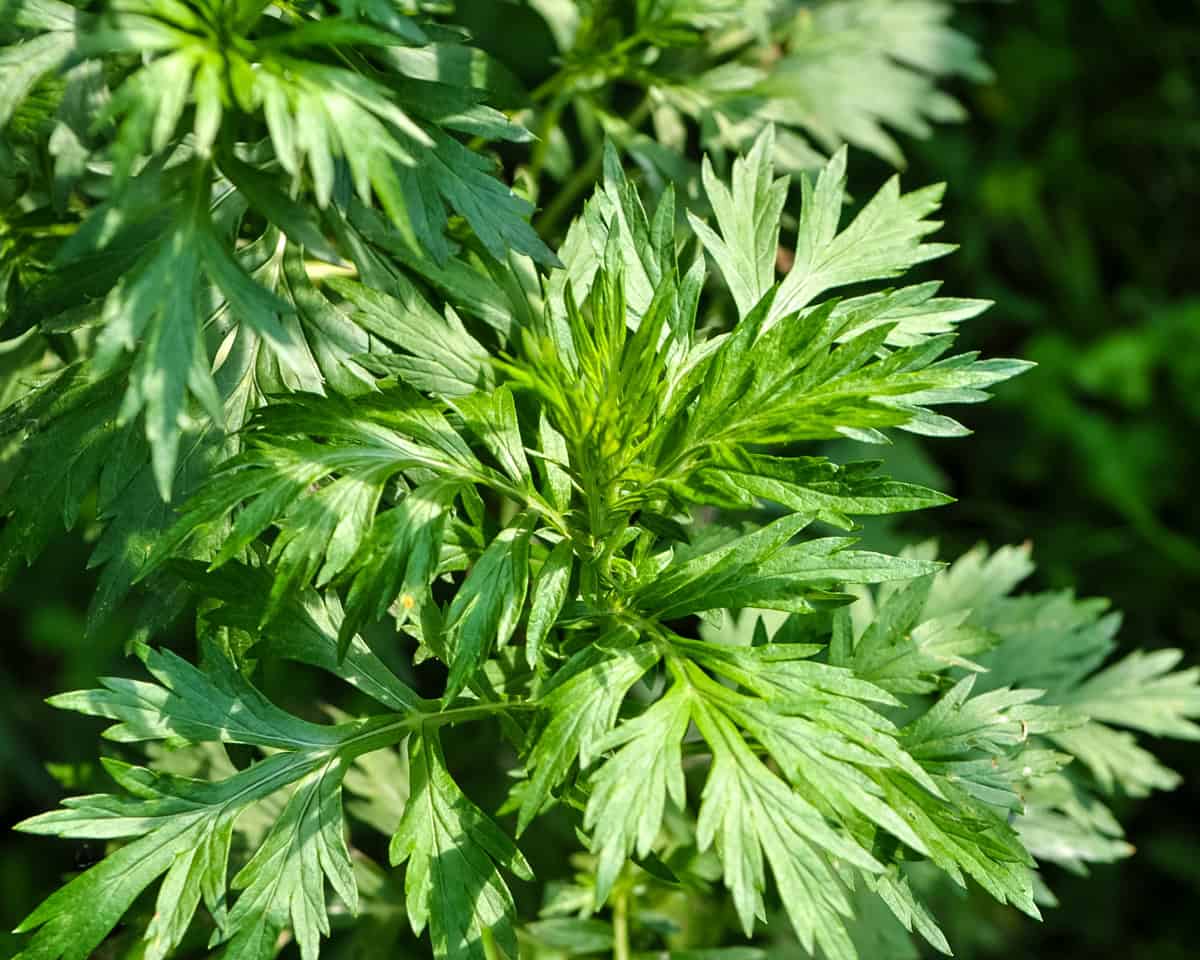
Artemisia douglasiana has leaves that are mostly toothed with 3-5 lobes, but the lobes can also be totally absent.
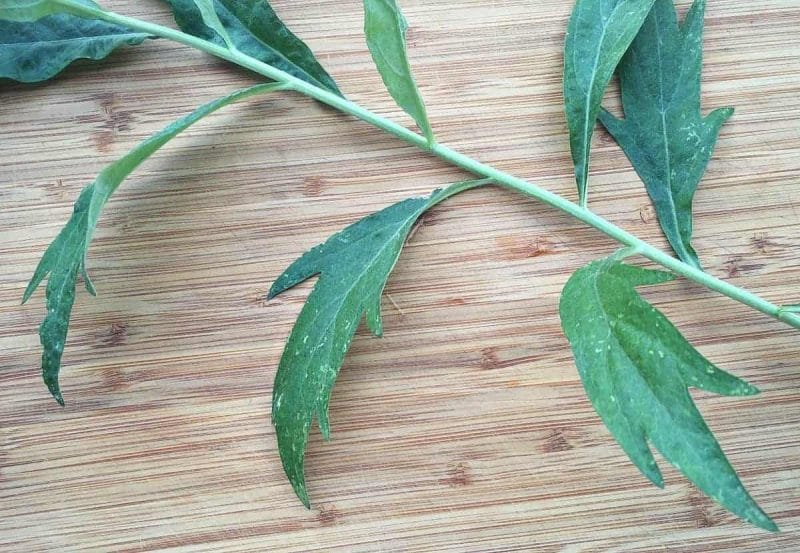
On mature plants, I notice the lobes more on the lower leaves, but often there are none on the newer growth, as shown here.
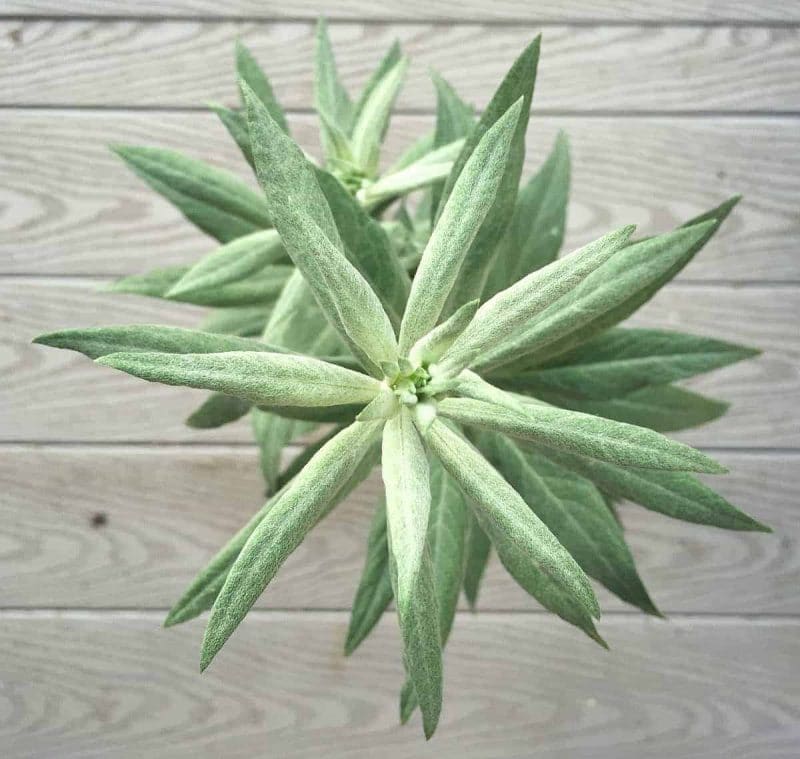
Here is what mugwort looks like when it first starts to pop up in early spring.
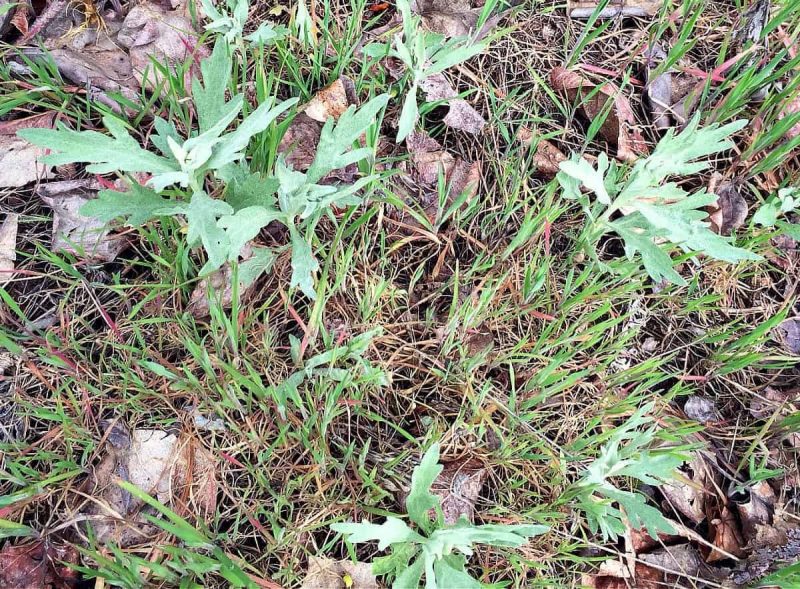
Uses for Mugwort
Mugwort is edible, but it is used more like an herb than anything else.
Many use it to flavor meats, and it was also commonly used to flavor beer before hops were introduced. I like to make this delicious Mugwort and Lemon Beer.
I would say that it can be used in the same way as garden sage, as its flavor is quite similar.

Herbal Mugwort Uses
Herbalists use mugwort as an herbal support, and many refer to it as the “dream plant,” as it is known for enhancing dreams. People often dry and smoke for this purpose.
This is something I have tried personally, and while I don’t know if it altered my dreams, it did seem to make them more vivid and memorable.
In the Middle Ages, Artemisia Vulgaris was referred to as the “mother of herbs.” In current times, it’s not used in mainstream medicine, but still occupies a large role in traditional medicine practices.
Mugwort is the subject of numerous studies, which suggest that it possesses antibacterial, antioxidant, antifungal, and other supportive herbal properties.
In herbalism practices, drinking mugwort tea is a common way to ingest it for digestive purposes. Herbalists often use mugwort topically to relieve itching and burning, as well as to help alleviate rashes and symptoms associated with poison oak.
Mugwort would likely be a good ingredient to use in an herbal salve.
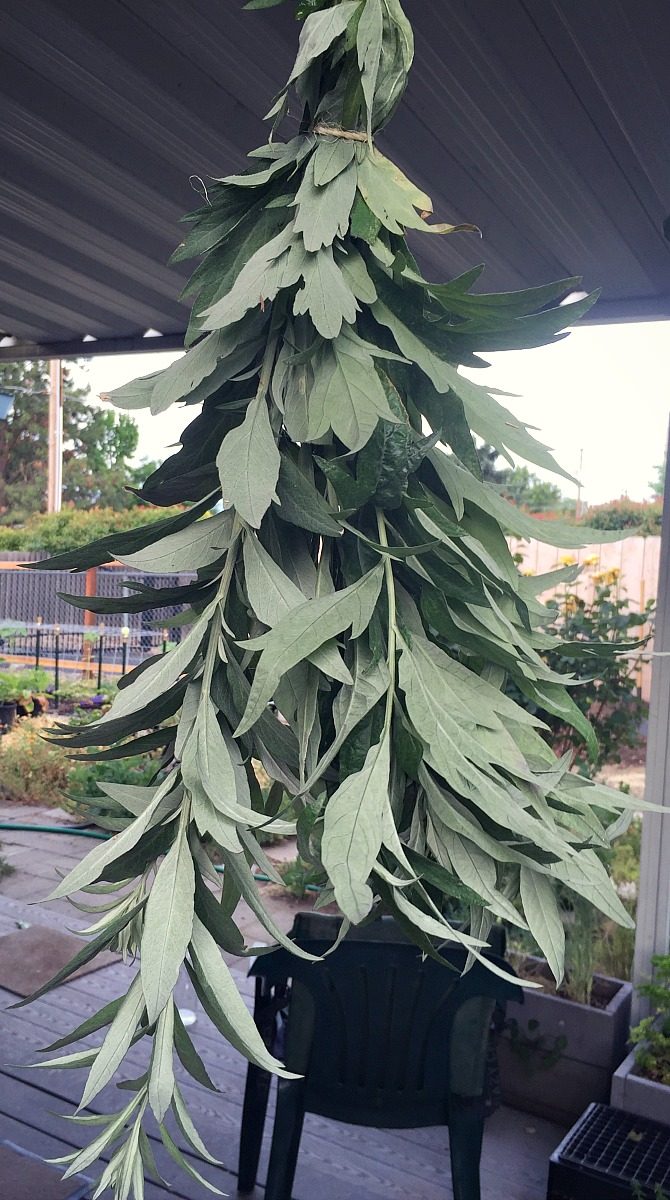
Hang bunches of mugwort to dry, if only for its wonderful scent. Keep it on hand for when you want to remember your dreams or to make an herbal brew. I have some fun plans in the works for this bunch!
If you can’t find mugwort near you but still want to enjoy its supportive properties, consider purchasing it from Mountain Rose Herbs, my favorite source for high-quality, organic dried herbs.
Have you ever gone foraging for mugwort? What have you used it for?
More Foraging Guides

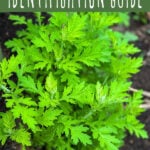
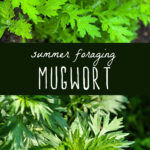

My son got stung by a yellow jacket on the back of his neck. I grabbed some Mugwort leaves crushed them in my hand and rubbed and held the crushed leaves on his already swelling neck. When I removed it a couple of minutes later you could not tell where he had gotten stung. The Tule Indians told me about this.
I am from Germany. My grandma would take me on daily hikes when I spent vacations with her (and I loved going to her house 3 hours from our city).
We did it hanging and used it for our Christmas Goose roast.
Finding Goose affordably in OK where we live is impossible but I use it for poultry in general now. My mom would send mugwort preparations. But now I am pretty sure I see it growing in the woods, the Vulgaris kind that is.
I love that it can be used for all the things you all mentioned here.
Thanks for all I am learning.
Thanks for sharing, Bettina. Adding it to a Christmas goose sounds like a lovely way to use mugwort.
I love to make smudge sticks with mugwort. Sometimes I combine a few lavender stems and a few sage stems with flowers into a smudge stick. The smell is soul-satisfying! They make great gifts for new home owners and also for ceremonial uses. I also tincture mugwort, yarrow and catnip as the base for a very effective bug repellent. I just add rose geranium, lavender and lemongrass essential oils. Research is strong on its effectiveness against Lyme diseased ticks and West Nile Virus mosquitos.
I also make smudges with it and add lavender! I have a good stand of it in my yard, definitely likes to take over
By any chance willing to share the recipe,… ? In the Upper Peninsula of Michigan,… BUGS ! Love your Smudge Stick idea too ! Attend many pow wows,… 😊
Just came back with mugwort from NJ Ocean Grove beach. It looks very toothed live the picture of “early spring”
You may want to double-check that what you have is mugwort. I’m on the west coast and over here we only have western mugwort, Artemisia douglasiana, which only grows in the Western US.
He is correct as long as the lobes cut in vert deep and the bottom of the leaves are fuzzy and extremely light in color like a silvery or white color with the fuzzy bottom
I like to put a sprig of fresh mugwort in my pillowcase to enhance dreams, and crush it in my hands then rub on my face and neck. I learned it was once widely used in brewing beer (instead of
hop flowers), and gave a more introspective buzz.
I love the idea of putting a fresh spring in your pillowcase. Thanks for sharing!
I have mugwort in my yard. I planted it to make wreaths. I’m sorry I did as it travels underground and is impossible to get rid of. It’s worse than mind, but on the upside makes wonderful wreaths and stays green
I live in the Los Angeles area. Any chance of finding this in the Santa Monica Mountains or in the Angeles National Forest???
I can’t say for certain, but I’ve definitely foraged it in California in the past.
Hi Jack,
You can find mugwort growing wild in the san Bernardino mountains near lakes.
This doesn’t look like the mugwort growing by me in Michigan. Is there different kinds?
This is Artemisia douglasiana. It only grows on the west coast.
The vulgaris variety is common in north and northeast America. It is feathery in appearance and prefers drier, disturbed soils.
Does mugwort grow in Minnesota?
I don’t think so, but I’ve also never foraged in Minnesota.
I grow it in my garden in MN. Zone 3a. Ordered seeds from strictly medicinal seeds. High germination rate and thrives in a pot.
Hi I would love a couple of your books but I would like paper books not ebooks. Are there any out in print? Please email me if there is any place I can purchase them.
Hi There,
Thankyou for this post. I am confused, when I do an online search for Mugwort images non of them look like the pictures you have posted. I searched for the latin name too, Artemisia Vulgaris- still different looking plant.
Cheers
Joe
Hi Joe, that’s because what is shown in the photos in this post are Artemisia douglasiana, the west coast variety of mugwort. We do not get Artemisia vulgaris here. While they do look a bit different, they are very closely related and have similar uses.
Btw you should mention that pregnant women should not use it at all since it causes miscarriages and using large doses can be toxic to people hope this helps
I have used a salve with Mugwort in it for spasms from IBS.I rubbed the salve counterclockwise on my stomach s and added a heating pad. It worked very well. I got the salve from an acupuncture specialist.
I came across some different species of Mugwort in Europe growing up, but never new how to use it until learning to flavor foods and desserts with it in Japan, one of my favorite scents and flavors ever since. They also pick the very young, milder tips of plants for a wonderful fragrant tempura. Thanks for sharing info on poison oak, that could come in handy!
I live in the mountains in Southern California. We have a lot of Mugwort this year as it rained heavily in late winter. I harvested a little bit to make a smudge stick. It was my first one!! Fun! I burned a little bit last night before bed, it smelled so good! Thanks for this interesting article! Happy foraging…
I live in North Central Texas. Does this Mugwort grow in my area? Maybe east Texas?
Hello Jenni,
I live in San Antonio, Texas and have some growing in my yard. Though I didn’t plant it, I do use it as I even have some growing wildly in other areas of my home.
Does it work for poison ivy too?
Ive only ever used it as a wash for scrying mirrors so I will look forward to trying it as a tea and maybe in salads?
I grow this in my garden, but didn’t know it was edible. I’ve always used it to keep moths out of my clothes drawers and pantry. It works really well for that, but you have to refresh the bundles every three months or less. Thanks for the info. I love your website.
I lived in the Grass valley and was told of a recipe known by the Indians in that area to keep poison oak away. I would pick the mugwort by the side of the road. I steeped (gentle boil) a handful of dried mugwort leaves and 20 manzanita leaves for about 10 minutes. It turned out as a fragrant tea. After cooling the tea I put it in a mason jar and kept it in the refrigerator. It keeps a long time.
If I suspected I had come close to poison oak, I would use fels Napa soap and cooler water for a shower and dab the tea on any itchy areas. If I had any itchy spot in my daily life I would dab a bit of the tea mixture on me. I never experienced any more awful outbreak of poison oak again. I was highly allergic to it and spent much time on prednisone getting rid of it. I am sold on Mugwort and manzanita leaves.
thats not mugwort
Yes it is, actually. Like I said in the post, the photos are of the western variety, Artemisia douglasiana.
I thought the same thing, I grow the mugwort, common wormwood artemisia vulgaris and it doesn’t look like this even slightly. Thats the reason I decided to just grow it myself
Hi Jen, the photos in this post are of Artemisia douglasiana, the west coast variety of mugwort. We do not get Artemisia vulgaris here. While they do look a bit different, they are very closely related and have similar uses.
I am very allergic to poison oak and found mugwort to be a great antidote. Also when I hike , I pick a piece of mugwort and carry it with me. I crush it in my hands and rub it on the exposed areas of my arms, etc. Now I never get poison oak and smell good too.